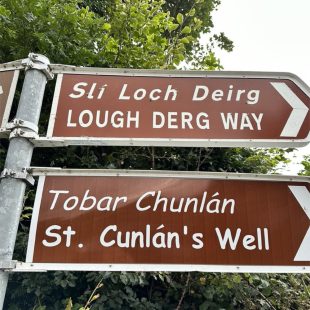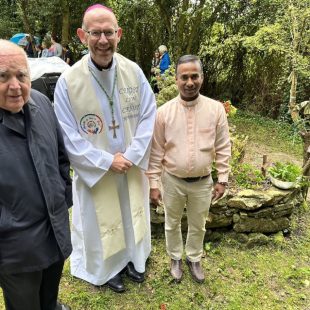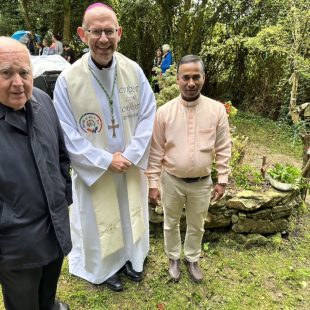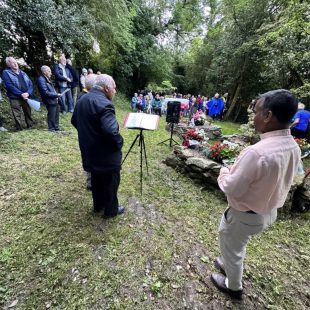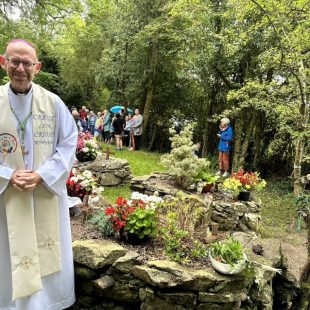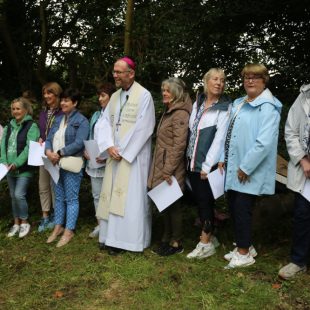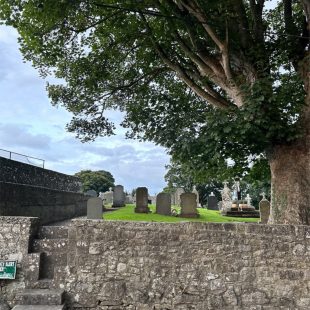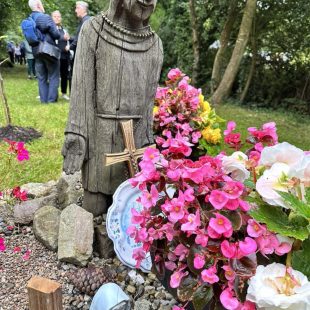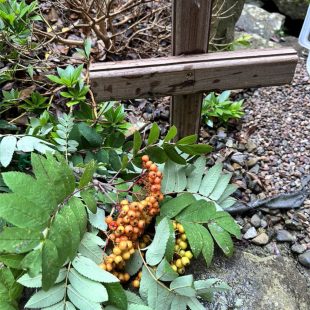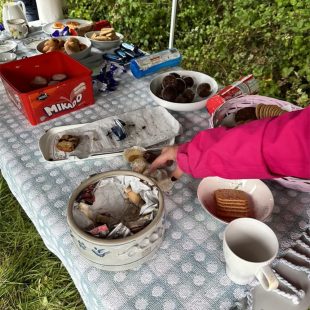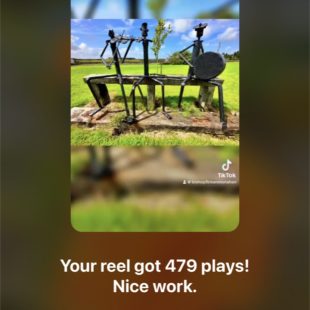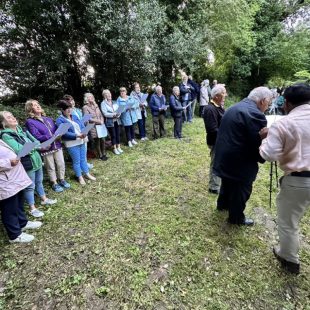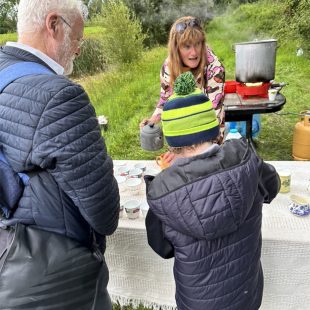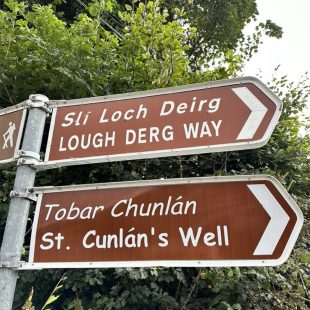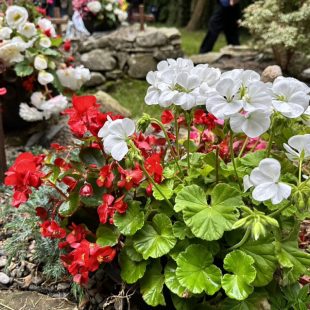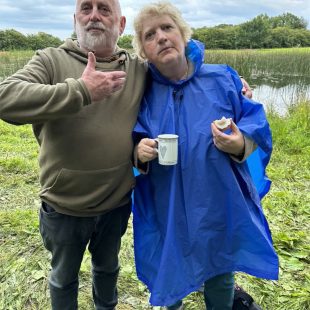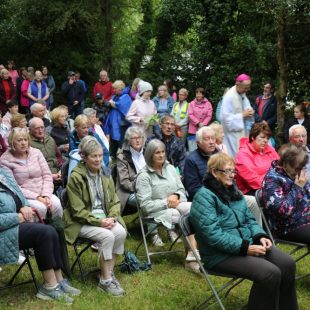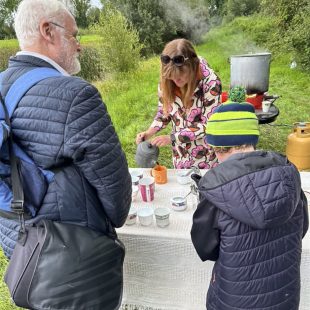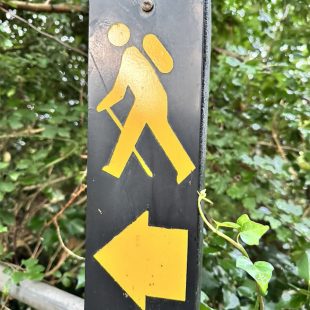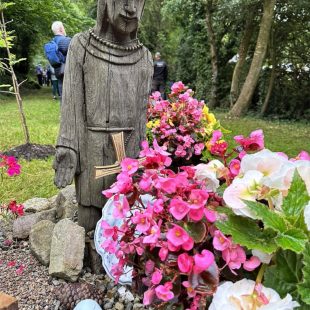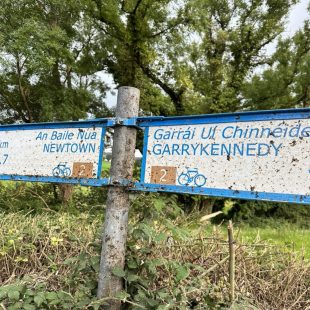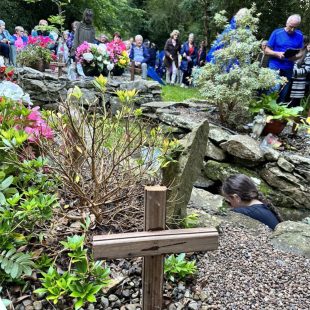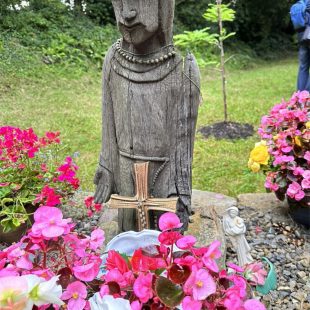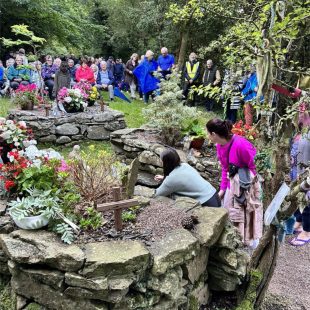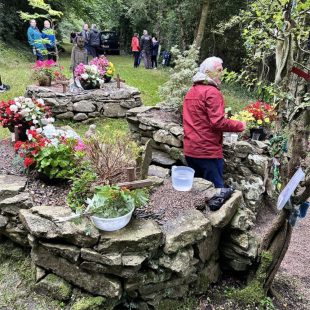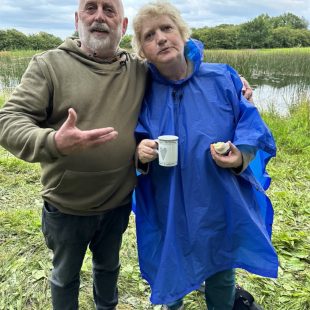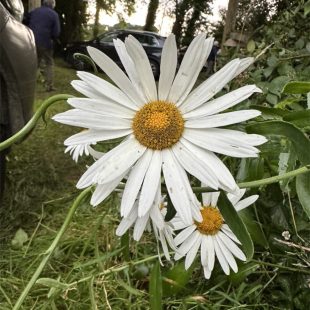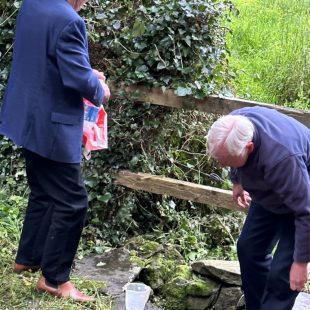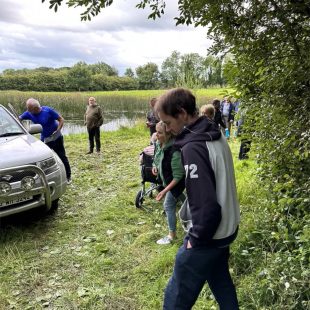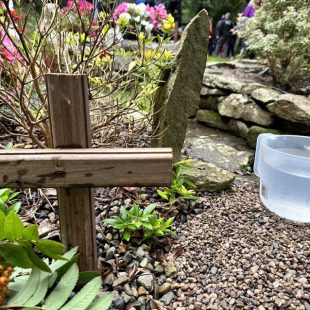St. Conlan’s Well – Monday, 24th of July, 2023 – Youghalarra Parish
3 Wells
From various historical data and manuscripts there seems to have been one of a trio of very important wells around the Nenagh area. St. John’s Well at Brookwatson, St. Odhrán’s Well in Latteragh and St. Conlan’s Well here at Youghalarra Parish.
The Dictionary of Irish Saints by Pádraig Ó Riain
In 1840 a man called John O’Donovan, while visiting Youghalarra discovered an inscribed stone in the local Church which read ‘St. Coea-ne 433’. According to Samuel Lewis who had been there some years before that the stone bore a head with the inscription ‘St. Coona, 434’. The local saint according to the same writers was named Connlan (Conlan) or Coolan (Coulan).
The traditional pattern day of the well is the 24th of July and in recent years the pattern has enjoyed a revival.
OS Name Books
In the OS Name Books (c. 1840) the holy well was described as a place ‘at which diseases are said to be cured and superstitious ceremonies performed’. According to the OS Letters St Conlan’s festival ‘fell on the 25th or 29th July. Some say it took place eleven days before the 1st August’ (O’Flanagan 1930, vol. 3, 17)”
One of the former Heritage Officers for North Tipperary in the early 2000’s had this to say about the well:
“Some special traditions attached to this place; water from the holy well was used for sprinkling and blessing the land, and water from the little ‘eye well’ beside it was believed to have curative properties, particularly for diseases of the eyes. It was also said by some people that the water from the eye well would never boil. Beside the holy well there is a may tree where people leave rags, rosary beads, medals, and even hair grips, as offerings when they visited the well. The impulse to do this arises from the sense that you have to give something to get something – a sign of the prayers. Everyone who has prayed here has left something behind; not necessarily any material thing, but an atmosphere that can be sensed.”
The well of course is less than 200m from Youghal church which has folklore linking the site to a pre Patrician church being located there.
There is a lot of information about the well in the School Manuscripts, a small flavour being the following:
“A saint named Conlan lived out there one time and that is how it got it’s name.
One time a horse was foaled on the very brink of the well and the people looked upon it as a miracle because it did not fall in and drown.”
“St. Conlon’s Well… is in the townland and parish of Youghalarra. It is called after Saint Conlan who was living on the banks of the Shannon, near Garry-kennedy. People go to it on the 22nd July which is his feast day and they bring home holy water with them. St. Conlan’s road is called after him, that is the Nenagh – Portroe road.”
“Saint Conlan is the patron saint of Youghal Ara and Burgess parish… His crozier was left in the possession of a family named Hogan who were tailors in 1840 and lived in the townland of Creggane about one mile south east of Youghal village in Youghal parish. It is said that Denis Hogan was in possession of the relic at that time. It is described as being made of some kind of wood with a brass image on it.
“The antiquities of this parish comprise the ancient church ruins in Youghal Ara of St. Cona, the well of St. Conlan and Tobar Brigde in Kilcoleman about two miles south west of Nenagh.”
Some of the interesting folklore and traditions associated with this sacred location. Thankfully the tradition is still alive this day and we honour that with our presence today and like previous generations we come here to worship God, to seek His blessing on our lives, to pray for our intentions and for each other.
St. Cunlán pray for us!
